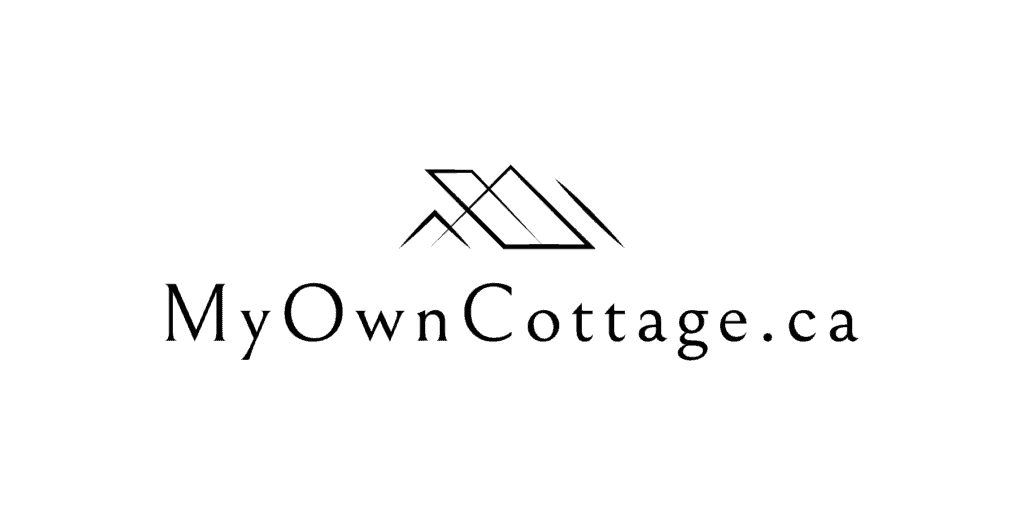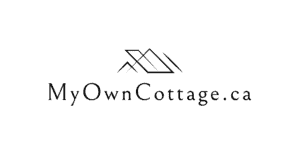Energy Efficiency and Sustainability in ADU Design
Discover how energy efficiency and sustainability in ADU design can transform your ADU into an eco-friendly, cost-effective living space.
Find smart tips and incredible designs for greener, smarter homes.
Home » Energy Efficiency and Sustainability in ADU Design
Sustainable ADU Design and Energy Efficiency
As more property owners in Ontario explore the benefits of an Accessory Dwelling Unit (ADU) there’s growing interest in creating energy-efficient and sustainable designs.
Whether as a granny flat, tiny house, or basement apartment, the benefits are undeniable.
These structures are ideal for those building an additional dwelling unit to generate rental income, house family members, or support elderly parents.
In fact, the inherent affordability and efficiency isn’t just a bonus—it’s essential.
How to Design an Energy-Efficient and Eco-Friendly ADU
This guide covers the most impactful strategies for enhancing energy efficiency and sustainability in ADU design.
Moreover, these are specifically tailored for Canadian climates and regulations.
Whether you’re planning a detached ADU, in-law apartment, or converting a detached garage.
These design principles will help reduce utility bills, improve comfort, and boost property value.
In fact, choosing the right additional dwelling unit plans is key to creating a functional, attractive, and code-compliant space that meets your unique needs.
Energy Efficiency Matters in ADU Construction
Being aware of the additional dwelling unit cost helps homeowners plan their budget effectively and avoid unexpected expenses during construction.
To this end, an energy-efficient ADU doesn’t just reduce environmental impact.
Rather, it also delivers long-term financial benefits.
In Ontario, building sustainable secondary suites is increasingly encouraged by local governments and city councils.
This is helping to meet rising housing needs while also improving the overall housing stock.
Whether you’re building for extended family, adult children, or prospective tenants.
Incorporating sustainable features into your accessory structures can enhance both livability and market appeal.
Residential Neighborhoods and Affordable Housing Options
Efficient designs can lower energy consumption, reduce maintenance costs, and align with owner-occupancy requirements in many residential neighborhoods.
In a time of rising interest rates and limited affordable housing options, making your new construction ADU sustainable can also make it more competitive in the rental housing market.
Passive Solar Orientation
The benefits of building an ADU range from generating passive income to providing a sophisticated and practical eco-friendly habitat.
To illustrate, passive solar orientation is one of the simplest yet most powerful strategies in energy-efficient ADU design.
By positioning the separate unit to maximize southern exposure, your ADU can naturally absorb and retain heat from the sun during winter while reducing overheating in the summer.
A Foundation of Sustainability
In practical terms, this means placing most windows on the south-facing side and using strategic shading elements like roof overhangs.
For tiny homes, laneway houses, and coach houses, where square footage is limited, proper orientation can make a major difference.
In fact, comfort can be enhanced while utility costs are reduced by careful window placement.
Moreover, studies from cities like Portland, Oregon, along with Los Angeles, have shown that passive solar techniques can significantly cut heating and cooling demands.
This represents a win for both property owners and the planet.
Insulation and Energy-Efficient Windows
Thermal insulation is critical for making various types of ADUs comfortable year-round in Ontario’s fluctuating climate.
High-quality insulation in walls, floors, and roofs minimizes heat loss in winter and heat gain in summer.
This is particularly vital for basement apartments, internal ADUs, and tiny house dwellings where maintaining temperature stability can be a challenge.
Robust Insulation with Energy-Efficient Windows
Pairing robust insulation with energy-efficient windows—such as low-E or triple-pane glass—further enhances thermal performance.
These windows reduce drafts, improve soundproofing, and lower utility bills.
Combined, proper insulation and windows create a strong envelope that supports sustainability while also promoting long-term owner occupancy comfort.
Energy Star Appliances and Heat Pumps
Outfitting your ADU with Energy Star appliances is a straightforward way to cut energy use without sacrificing performance.
From compact refrigerators to washer-dryer combos, energy-efficient appliances are ideal for the smaller living areas found in accessory apartments and guest houses.
Dual-Purpose Systems in Detached ADUs or Carriage Houses
Heat pumps are another standout feature.
These dual-purpose systems offer heating and cooling using far less energy than traditional HVAC systems.
Especially in detached ADUs or carriage houses, where space is at a premium, ductless mini-split heat pumps offer an efficient, easy-to-install solution.
This setup can lead to significant monthly savings while aligning with Ontario’s evolving energy standards.
Solar Panels and Battery Storage
Adding solar panels to your ADU can drastically reduce dependency on the grid.
Even a small roof can generate enough electricity to support your main residence and additional unit, particularly if paired with a battery storage system.
Local Governments Making Solar a Smart Investment
Incentives from local governments and utility providers often make solar a smart investment.
Naturally, solar is improving both sustainability and long-term ROI for homeowners.
Battery systems allow your residential unit to store excess energy for nighttime use or during outages.
This is ideal for owner-occupants living in rural or suburban residential areas.
For Prefab Builders like My Own Cottage
For prefab builders like My Own Cottage, solar integration can be planned from the start of the construction process.
In fact, this ensures smooth installation and optimal performance.
Moreover, all of our prefab homes and ADU’s are compatible with solar panels.
If you’re curious about solar ROI, visit our prefab designs page to see what’s possible.
Smart Thermostats and Lighting
Installing smart thermostats and lighting systems in your ADU adds both intelligence and efficiency.
These devices allow property owners to schedule heating, cooling, and lighting based on occupancy patterns.
This is particularly useful in short-term rental or guest house scenarios.
Making Your Accessory Building more Attractive
Smart systems not only reduce energy waste but also make your accessory building more attractive to tech-savvy renters or family members.
Combine LED lighting with motion sensors and timers to further trim electricity costs while maintaining convenience.
Green Roofs and Permeable Driveways
When it comes to eco-friendly landscaping, green roofs and permeable driveways are two standout options for sustainable ADUs.
A green roof can provide natural insulation, reduce rainwater runoff, and extend roof lifespan.
It also contributes to urban cooling and can even be used to grow small plants or herbs.
Zoning Ordinances in Urban Residential Neighborhoods
Permeable driveways made from materials like porous concrete or pavers help manage stormwater more effectively.
These are especially beneficial in urban residential neighborhoods, where traditional drainage systems may be overwhelmed.
Plus, they align with zoning ordinances and zoning by-law goals aimed at minimizing environmental impact.
Prefab ADUs Built for Sustainability
Prefab construction is naturally aligned with sustainable design principles.
At My Own Cottage, our prefab ADUs are built in controlled environments with minimal waste, optimized material use, and high energy standards.
This means your additional dwelling unit is delivered with precision, speed, and green efficiency.
Energy-Efficient ADU Designs for Sustainable Living
Because prefab units are assembled off-site, disruption to your main home or primary residence is minimal.
Once delivered, the unit can be installed on your residential lot quickly.
This allows you to enjoy the benefits of energy savings and additional income sooner.
Energy Efficiency and ROI
Investing in energy efficiency and sustainability in ADU design pays off over time.
Whether you plan to live in the unit, host adult children, or earn extra income through rental housing.
You’ll benefit from lower utility bills, fewer repairs, and higher tenant satisfaction.
Reducing Initial ADU Costs
Energy-efficient upgrades may qualify for rebates and tax incentives through local governments, helping reduce initial ADU costs.
Plus, a sustainable ADU can enhance your real estate portfolio and attract higher-value tenants.
This is especially relevant as energy prices rise and green building becomes the norm.
Build Green with My Own Cottage
Designing your accessory dwelling unit with sustainability in mind is not just a trend—it’s the future of smart living.
Whether you’re creating space for in-law units, hosting extended family, or generating rental income, every eco-conscious choice adds value.
My Own Cottage Specializes in Prefab ADUs!
At My Own Cottage, we specialize in prefab ADUs tailored for Ontario’s unique climate and regulations.
From smart lighting to solar panels, we help you build an ADU that’s efficient, comfortable, and future-ready.
Book a free consultation with us today or simply fill out the form below to get started!

